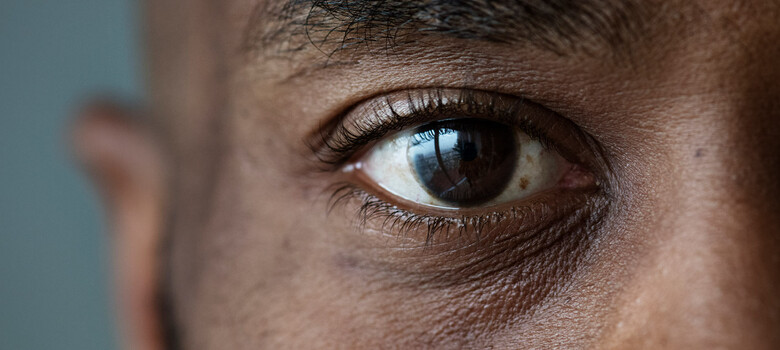Occasional Flashes In Peripheral Vision
Light flashes can happen on and off for many weeks, or even some months. This is a common occurrence during the aging process, and it is generally not cause for concern. At times, however, a significant number of new floaters will appear, accompanied by light flashes, and partial sight loss of peripheral vision could occur. Lights in your peripheral vision, or eye floaters, are most often caused by changes in the jelly-like substance in the eyes due to age, explains the Mayo Clinic. They also might be caused by inflammation, bleeding in the eye or a torn retina. When eye floaters occur due to age, it is often due to the jelly-like substance in the eye liquefying. Aging - As you get older, the vitreous can shrink or change, causing flashes of light. Your likelihood of seeing flashes of light increases with age. Pressure on the retina - Rubbing your eyes too hard or getting hit in the eye can cause the vitreous to bump the retina, causing eye flashers. Question: A year ago I started having flashes occur in my peripheral vision. I went to the eye doctor and I think he called it vitrial detachment. I went three times and he said it looked to be healing fine. Now I am getting the same type of flashes again, and to be honest, I can't remember if it is the same eye or not.
Have you ever seen a momentary black spot in your vision? How about rugged white lines? Something that looks like heat waves sparkling in your peripheral vision?

Jagged Lines in a Vision: Causes and Symptoms

If you have, you may have been experiencing what is referred to as an ocular migraine. Ocular migraines take place when capillary spasm in the visual center of the brain (the occipital lobe) or the retina.
They can take on a number of various symptoms however usually last from a few minutes to an hour. They can take on either positive or negative visual symptoms indicating they can produce what looks like a black blocked out area in your vision (negative symptom) or they can produce visual symptoms that you see however understand aren’t really there like heat waves or rugged white lines that look nearly like lightning streaks (positive symptoms).
Some individuals do get a headache after the visual symptoms however many people do not. They get the visual symptoms which resolve on their own in under an hour and after that usually just feel slightly out of sorts after the episode however don’t get a considerable headache. The majority of episodes last about 20 minutes however can go on for an hour. The hallmark of this problem is that when the visual phenomenon solves the vision returns totally back to normal with no residual change or defect.
If you have this happen for the first time it can be fairly scary and it is a good idea to have a thorough eye examination by your eye doctor or eye doctor not long after the episode to be sure there is nothing else causing the problem.
There are other things besides an ocular migraine that can trigger similar symptoms. Flashing lights and new drifting spots in your vision could be the indication of a retinal tear or detachment (see I’m seeing new floating spots in my vision, what should I do?).
Many individuals who get ocular migraines tend to have them occur in clusters. They will get 3 or four episodes within a week and after that may not have another one for numerous months or even years.

There are some attributes that raise your threat for ocular migraines. The greatest one is an individual history of having migraine headaches. Having a family history of migraines likewise raises your threat as does a history of movement sickness.
Although the symptoms can trigger a great deal of stress and anxiety, especially on the first incident, ocular migraines seldom trigger any long term issues and nearly never need treatment as long as they are not accompanied by significant headaches.
So if symptoms like this unexpectedly take place in your vision attempt to stay calm, pull over if you are driving, and just await them to disappear. If they persist for longer than an hour, then you need to look for immediate medical attention.
When to See a Doctor?
Of course, if you see such lines in your vision – this is an excuse to see a doctor and not to self-medicate. Contact your ophthalmologist if you find one or more of the following symptoms:
Occasional Flashes Of Light In Peripheral Vision
- seeing waves in peripheral vision (out of corner of eye)
- seeing white lines in your vision
- having blurry waves in peripheral vision
- jagged line in vision field
- edge of vision shimmering (sometimes, constantly)
- waves in eyesight and headache
- jagged flashing lights in vision
- mirage vision in eyes, etc.